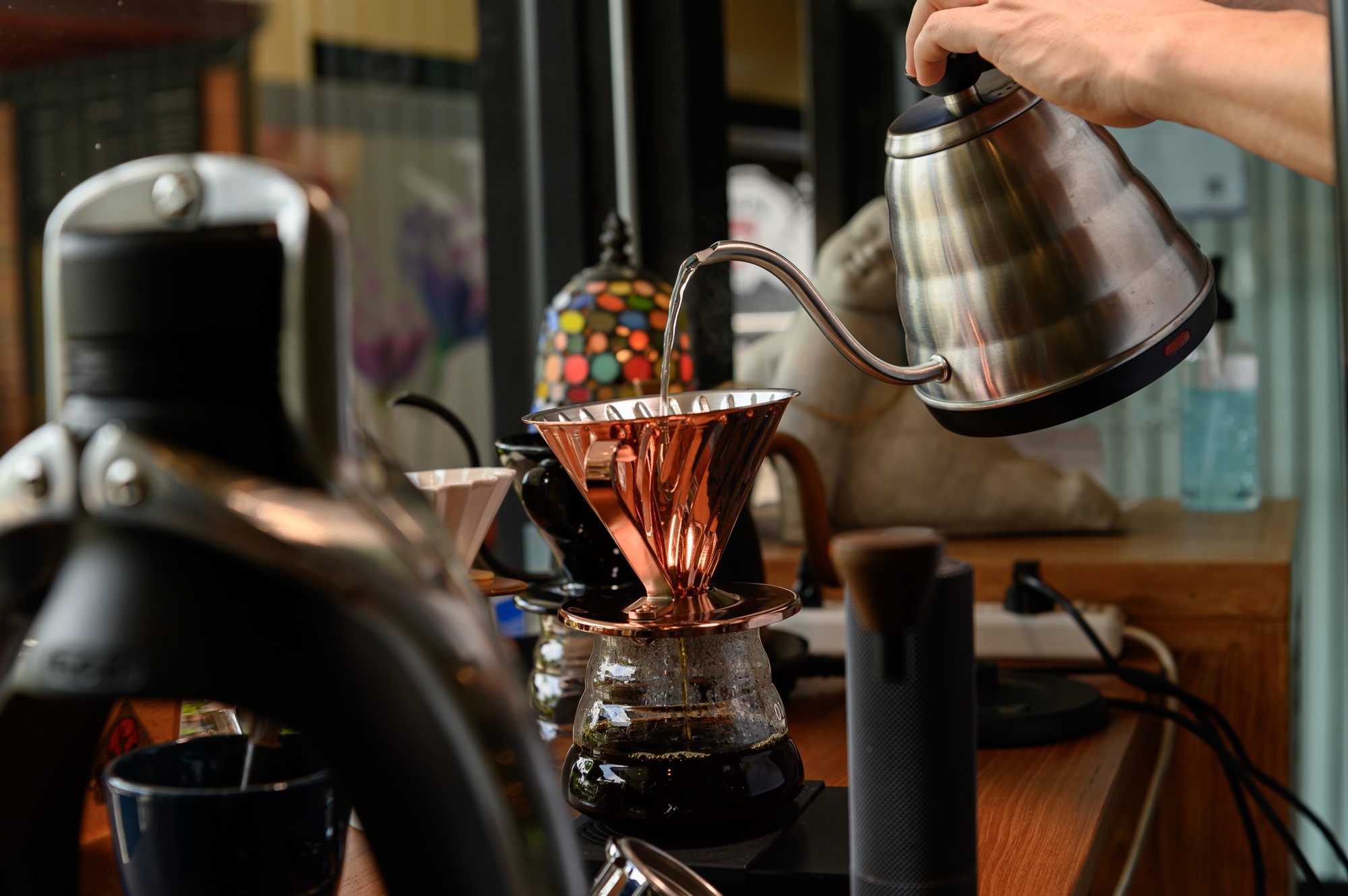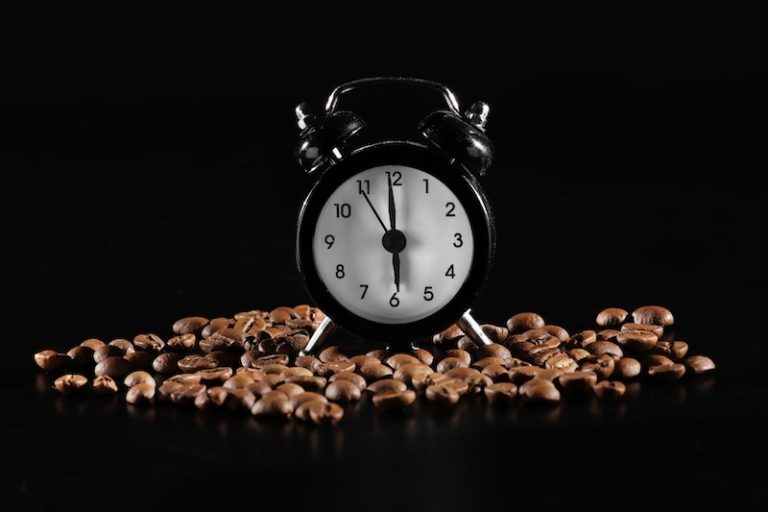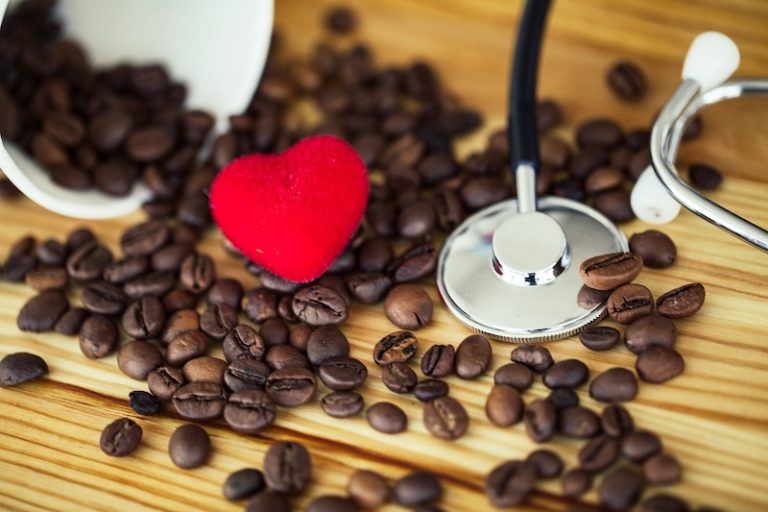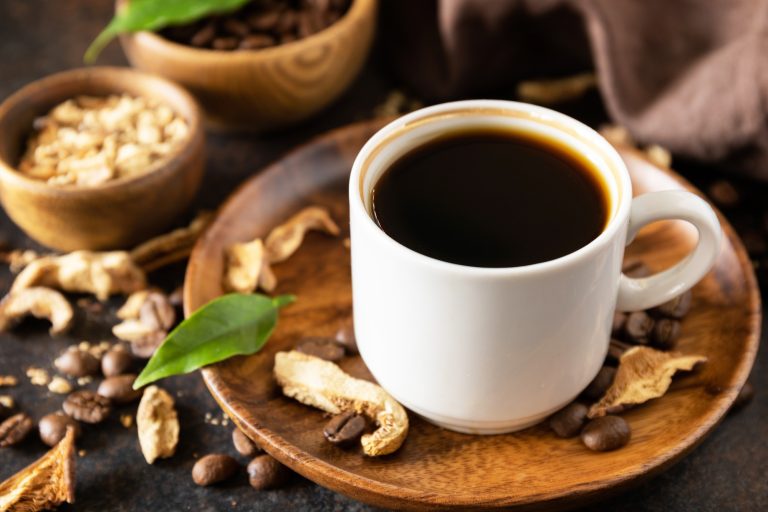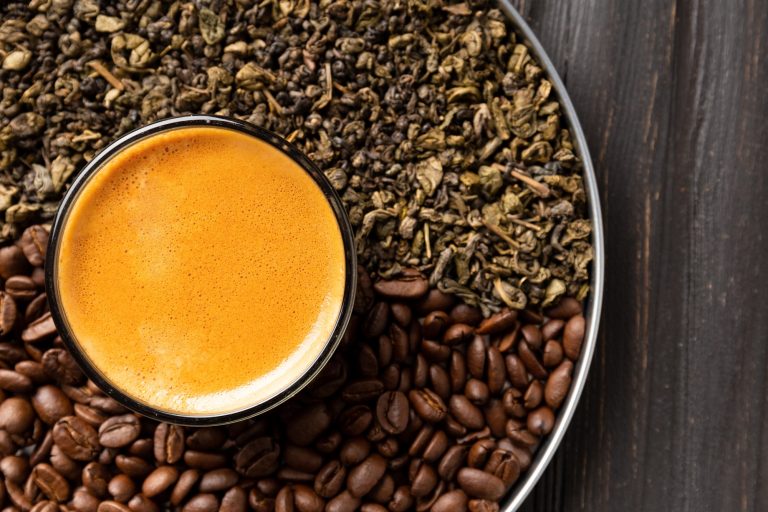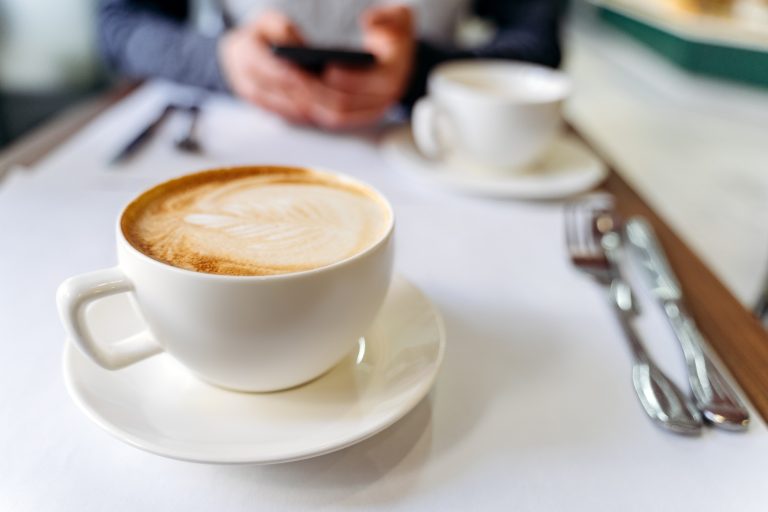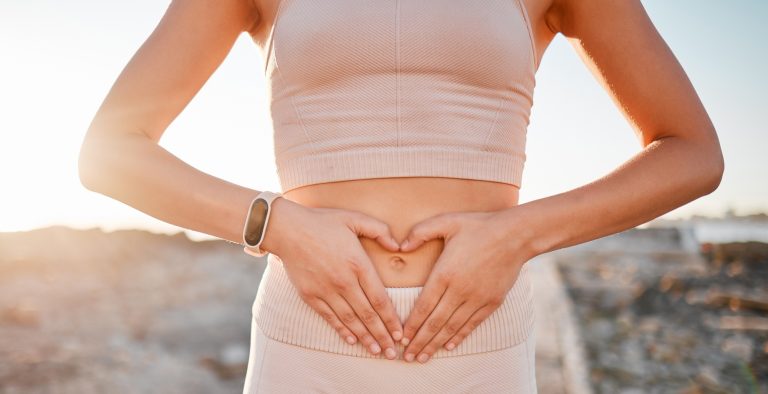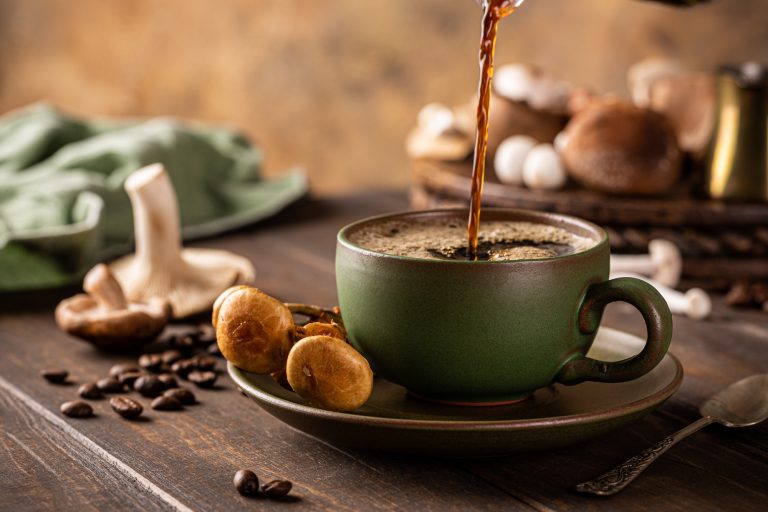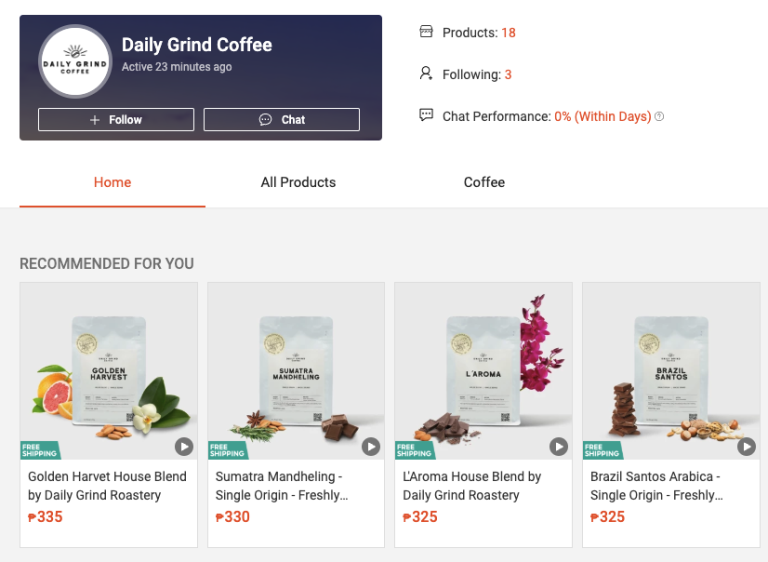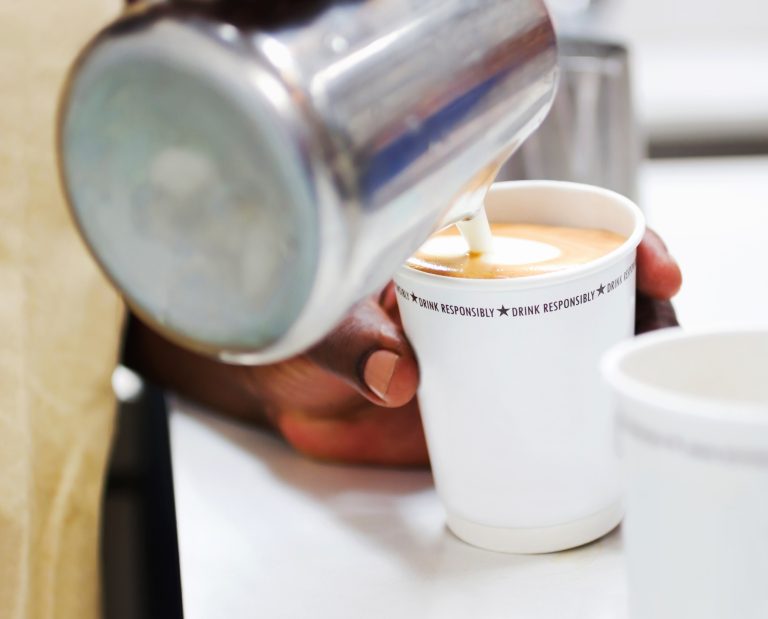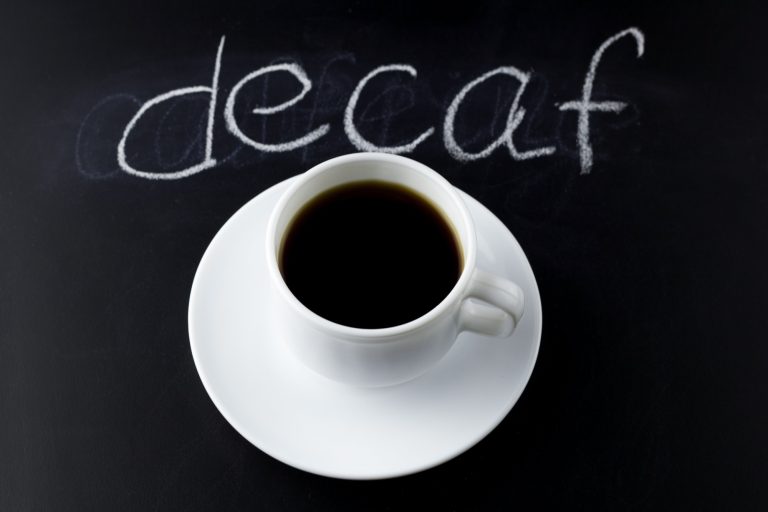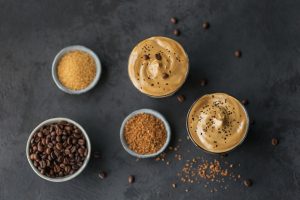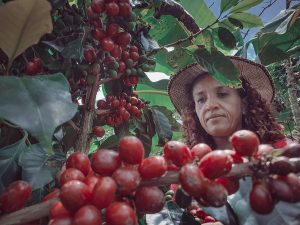Looking for drip coffee instructions to brew the perfect cup? You’re in the right place. This guide covers everything you need to know, from equipment essentials to brewing techniques. Read on to master the art of drip coffee.
Drip coffee is a widely appreciated brewing method due to its simplicity, efficiency, and ability to produce a clean, flavorful cup. It’s perfect for those who want a reliable coffee experience without the complexity of more advanced brewing techniques. This method involves pouring hot water over ground coffee in a filter, allowing the water to extract the coffee’s flavors as it drips slowly into a pot or carafe. The process highlights the coffee’s nuanced flavors while producing a smooth and balanced cup.
Whether you’re brewing a single cup or a full pot, drip coffee offers flexibility and consistency. It’s a manual process when done with pour-over devices, giving you control over variables like water temperature and pouring speed, or it can be fully automated with drip coffee machines for convenience. This guide will help you understand the equipment, ingredients, and techniques necessary to make the perfect drip coffee every time, so you can enjoy a rich, aromatic cup tailored to your preferences.
Understanding Drip Coffee
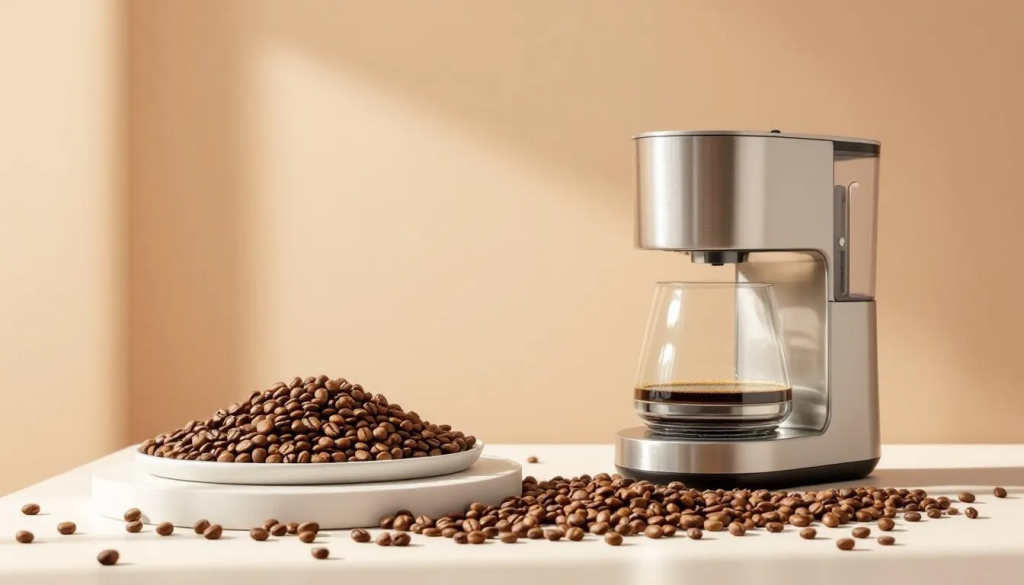
Drip coffee is a popular and inexpensive method for brewing coffee, particularly beloved in the U.S. Its appeal lies in its convenience and consistency, making it the go-to choice for households and coffee shops alike. The process is straightforward: hot water is poured over ground coffee contained in a filter, allowing the brewed coffee to drip into a carafe or pot below. This method ensures a steady extraction of flavor, resulting in a satisfying cup every time.
The beauty of drip coffee is in its variety. There is a wide range of drip coffee makers available, from basic models to advanced machines with programmable features. Whether you prefer the simplicity of a manual pour-over or the ease of an automatic drip coffee maker, there’s a machine out there to suit your needs and preferences.
This versatility, combined with the ability to produce a consistently great cup of coffee, makes drip coffee an espresso-style staple in many kitchens, allowing you to make coffee easily.
Equipment Essentials for Drip Coffee

Brewing the perfect cup of drip coffee requires some essential equipment. Central to your setup is the coffee maker, available in various forms and complexities. Whether you choose an automatic drip coffee maker or a manual pour-over, having the right coffee maker significantly impacts your brewing process.
A good grinder is essential for achieving freshly ground coffee, which enhances flavor extraction. Additionally, different filter types—paper, cloth, and metal—can influence the taste and quality of your brewed coffee. For those interested in coffee culture, joining the coffee community can further enrich your appreciation and knowledge.
Next, we’ll explore choosing the right coffee maker, selecting your coffee filter, and understanding the importance of a burr grinder.
Choosing the Right Drip Coffee Maker
Choosing the right drip coffee maker depends on your preferences and brewing habits. Available options include automatic and manual types, each with unique features. Automatic drip coffee makers offer convenience with programmable settings, while manual pour-over coffee makers provide greater control over brewing variables.
Consider factors such as the shape of the filter basket and the quality of water used. For instance, my father swore by his Mr. Coffee 12-Cup drip coffee machine, a common automatic option that consistently delivered great coffee.
Filtered water can significantly improve the flavor of your coffee, and the shape of the machine’s filter basket also influences the final taste.
Selecting Your Coffee Filter
The type of coffee filter you use greatly affects the flavor and extraction of your brew. Options include:
- Cloth filters: Can be reused and offer a different flavor profile compared to paper or metal filters.
- Paper filters: Commonly used and disposable, paper filters effectively trap coffee grounds and produce a clean, smooth cup. To avoid any paper taste, rinse them with hot water before brewing.
- Metal filters: Each type traps coffee grounds differently, influencing the final taste.
For those who prefer paper filters, rinsing them with hot water before brewing eliminates any paper taste that might affect the coffee’s flavor.
Selecting the right paper filter—whether cloth, coffee filter, or metal—is key to achieving your smoother cup and perfect cup.
Importance of a Burr Grinder
A burr grinder is essential for any coffee enthusiast who values grind consistency and optimal flavor extraction. Unlike blade grinders, burr grinders produce a uniform grind size, crucial for proper flavor extraction. Grinding your coffee to the consistency of sea salt is recommended for optimal extraction in hand-drip coffee.
A burr grinder ensures uniformly sized coffee grounds, leading to a finer grind for a more flavorful and balanced cup. This consistent grind enhances taste and makes the brewing process more predictable and controllable.
Preparing Your Coffee Grounds
Preparing your coffee grounds is vital for achieving the perfect cup of drip coffee. The quality of your beans and how they are ground significantly impact the flavor. Using fresh beans and grinding them just before brewing ensures the best flavor extraction.
Choosing the right filter, grinder, and coffee maker is crucial when preparing to make drip coffee. Next, we’ll guide you through selecting the best coffee beans and achieving the perfect grind size, critical for a great brew.
Picking the Best Coffee Beans
Selecting the right coffee beans involves understanding your taste preferences and the roast level that suits your palate. Popular types include Arabica, known for its sweet and complex flavors, and Robusta, which offers a stronger, more bitter taste. Various blends combine the best beans of both worlds.
Roast levels significantly affect the flavor. More complex flavor profile Roast levels tend to have a more complex flavor profile, while darker roasts offer a bold and robust taste. Choosing the right roast level enhances your coffee-drinking experience and ensures you enjoy every cup.
Achieving the Perfect Grind Size
The correct grind size is crucial as it influences the extraction and flavor of the brewed coffee. Adjusting the grind size can significantly affect the flavor profile, with a medium grind size recommended for drip coffee. This size allows for optimal water flow and flavor extraction, ensuring a balanced and enjoyable cup.
A burr grinder plays a vital role in determining grind consistency and overall flavor. Proper grind size prevents issues with extraction, affecting both taste and aroma. Uniformly sized coffee grounds lead to a more flavorful and satisfying brew.
Brewing Process Step-by-Step
The brewing process is where all your preparation comes together. It begins with adding fresh, cold water into the coffee maker’s reservoir. Following specific steps based on your coffee maker ensures a consistently great brew.
Next, we’ll cover crucial aspects of the brewing process: measuring the coffee and water ratio, setting up the coffee maker, and mastering brewing and pouring techniques.
Measuring Coffee and Water Ratio
The correct coffee-to-water ratio is essential for a balanced and flavorful cup. The recommended ratio is 1 gram of coffee to 16 milliliters of water. For instance, for 2 cups of coffee, use 30 grams of coffee and 510 grams of water.
Using a scale to measure coffee and water offers more precision than measuring by volume, ensuring the perfect balance every time you fine-tune your brew.
Filtered water instead of tap water can also enhance the flavor of your good coffee, especially when using fresh water.
Setting Up the Coffee Maker
Setting up your coffee maker correctly is crucial for a successful brew. Begin by rinsing your paper filters with hot water to remove any paper taste and preheat the filter. Discard the rinse water before adding your coffee grounds.
Fill the coffee maker’s reservoir with fresh, cold water and ensure all components are in place. Proper setup ensures efficient operation and the best-tasting coffee possible.
Brewing and Pouring Techniques
Mastering brewing and pour-over techniques can elevate your coffee from good to great. Start by hand-pouring a small amount of water over the grounds and letting it sit for 30 to 45 seconds, a process known as blooming. This releases carbon dioxide and improves extraction.
Use a gooseneck kettle and a spiral pour technique to ensure even saturation of the coffee grounds. The entire brewing process typically spans 4 to 5 minutes, allowing for a balanced and flavorful extraction.
Enhancing Your Brew
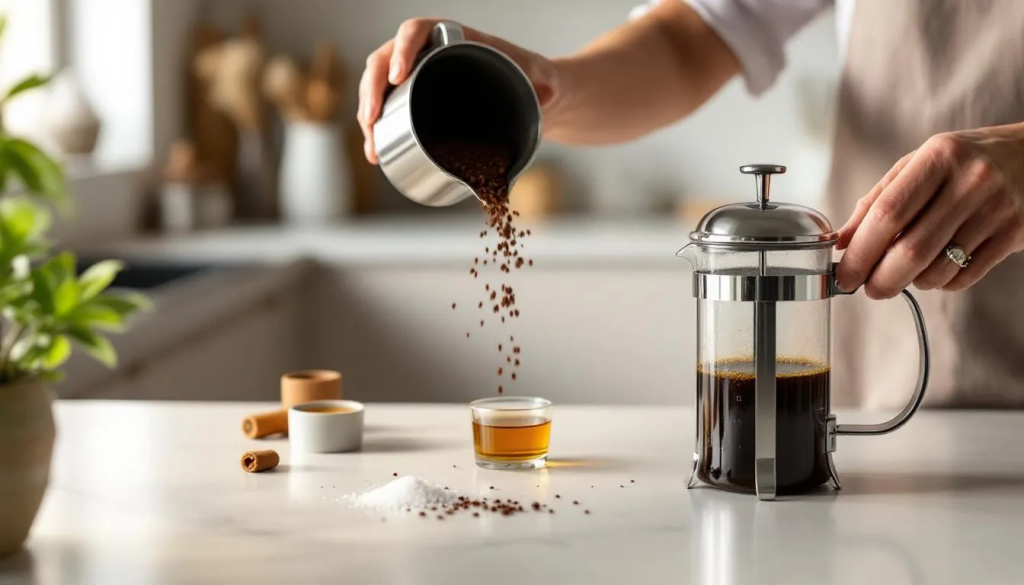
Enhancing the flavor of your coffee involves fine-tuning various aspects of the brewing process, such as:
- Controlling water temperature
- Experimenting with different coffee beans
- Trying different grind sizes
- Regular cleaning of your coffee maker to preserve flavor and ensure consistent results.
Next, we’ll explore specific techniques for enhancing your brew, avoiding common mistakes, and experimenting with flavors to find your perfect cup.
Water Temperature Control
Water temperature plays a critical role in extraction speed and flavor quality. The ideal range is between 195°F and 205°F. Water that is too hot can lead to over-extraction and a bitter taste, while water that is too cold can cause under-extraction, resulting in a dull and weak flavor.
Maintaining the optimal water temperature range helps achieve a balanced and flavorful cup every time. Using a thermometer or a coffee maker with temperature control features can help maintain the right temperature throughout brewing.
Avoiding Common Mistakes
Avoiding common mistakes in brewing can significantly improve the quality of your coffee. Under-extracted coffee results in a dull taste, low caffeine content, and limited aromas, while over-extracted coffee leads to a bitter and overpowering taste.
To avoid these issues, carefully monitor your brew time and water temperature. Blooming your coffee by pouring a small amount of water over the grounds to release gases can also improve extraction and result in a cleaner taste.
Experimenting with Flavors
Experimenting with different coffee beans, coffee grind sizes, and brewing methods can uncover new flavors and enhance your overall coffee experience. Adjusting the coffee-to-water ratio or grind size can greatly affect the taste.
Trying different coffee blends and roast levels can help you discover your preferred flavor profile. Lighter roasts tend to have more complex flavors, while darker roasts provide a bold and robust profile. Keep experimenting and fine-tuning your methods to find the perfect brew that suits your taste.
Cleaning and Maintenance
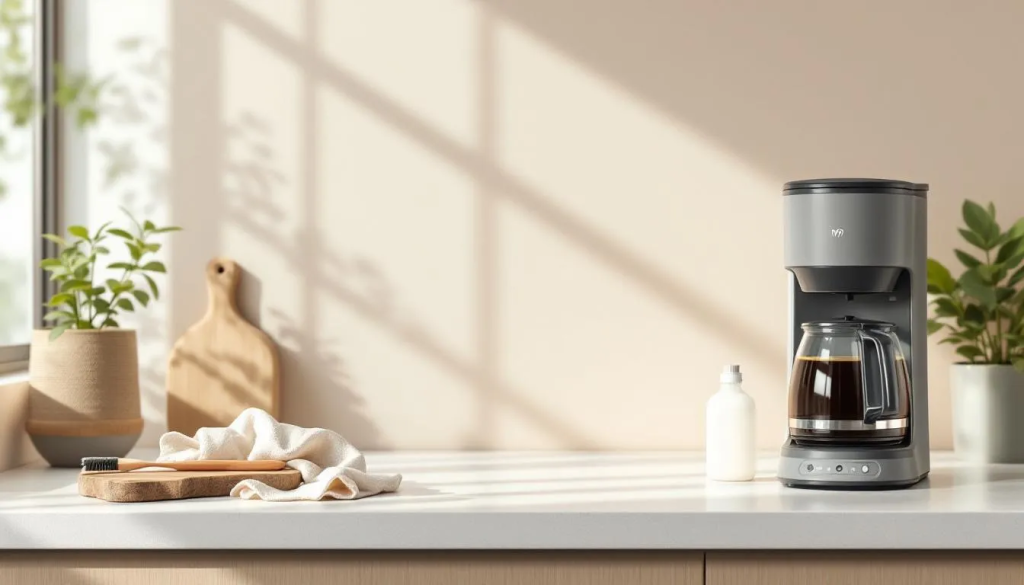
Cleaning and maintaining your drip coffee maker is crucial for ensuring the appliance’s longevity and the consistency of your coffee’s taste. Daily cleaning involves rinsing the carafe, removing used coffee grounds, and wiping down external parts with a damp cloth.
Regular maintenance enhances the flavor of your coffee and extends the life of your coffee maker. Next, we’ll cover daily cleaning routines and deep cleaning techniques to keep your coffee maker in top condition.
Daily Cleaning Routine
A daily cleaning routine is essential for maintaining the longevity of your coffee maker and ensuring the best coffee flavor. After each use, rinse the brewing basket and filter to remove any lingering coffee grounds and oils. This simple step prevents buildup that can affect the taste.
Regularly clean all removable parts of the coffee maker with warm, soapy water, including the carafe, filter basket, and any other components that come into contact with coffee. Wiping down the exterior prevents dust and residue buildup, keeping your machine looking and functioning like new.
Deep Cleaning
Deep cleaning your coffee maker is essential to remove coffee oil buildup and ensure efficient operation. Use a solution of white vinegar and water or a specialized descaling solution to clean the coffee maker effectively. Run the solution through a brewing cycle to descale the internal components.
After descaling, run several cycles of plain water through the coffee maker to flush out any remaining vinegar or descaling solution. This step prevents any residual taste from affecting future brews.
Cleaning the external parts of the coffee maker is also important for maintaining hygiene and prolonging the machine’s lifespan.
Your Perfect Brew Awaits: Mastering Drip Coffee Made Easy
Brewing the perfect cup of drip coffee involves a combination of the right equipment, quality coffee beans, precise grind size, and proper brewing techniques. By understanding the nuances of each step, from selecting the best coffee maker and filter to mastering the brewing process, you can elevate your coffee experience to new heights.
Remember, the key to a great cup of coffee is in the details. Regular maintenance of your coffee maker, experimenting with different flavors, and avoiding common mistakes will ensure that every cup you brew is a perfect blend of taste and aroma. Enjoy the journey of discovering your perfect brew and savor every sip.
Key Takeaways
- Drip coffee is a convenient and versatile brewing method that provides consistent flavor, with options ranging from simple pour-over to advanced automatic machines.
- Key equipment for brewing includes a quality coffee maker, a burr grinder for uniform grind size, and the right type of filter, all of which significantly affect the coffee’s flavor.
- Mastering the brewing process involves precise measurements of the coffee-to-water ratio, proper setup of the coffee maker, and monitoring water temperature to enhance extraction and taste.
Frequently Asked Questions
What is the best coffee-to-water ratio for drip coffee?
For a delicious cup of drip coffee, aim for a coffee-to-water ratio of 1 gram of coffee to 16 milliliters of water. This balance helps to bring out the best flavors!
How often should I clean my coffee maker?
You should rinse the brewing basket and filter daily while giving your coffee maker a deep clean monthly to tackle any coffee oil buildup and descaling. Keeping up with this routine will help your coffee taste its best!
Can I use tap water for brewing coffee?
You can use tap water for brewing coffee, but filtered water is better as it improves the flavor by eliminating impurities.
Why is a burr grinder better than a blade grinder?
A burr grinder is better because it gives you a consistent grind size, which is essential for extracting great coffee flavor. Blade grinders can leave you with a mix of coarse and fine particles, resulting in a less tasty brew.
How do I avoid over-extraction or under-extraction in my coffee?
To avoid over-extraction or under-extraction in your coffee, pay close attention to your brew time and water temperature. Also, try blooming your coffee by adding a little water before brewing to help balance the extraction.

